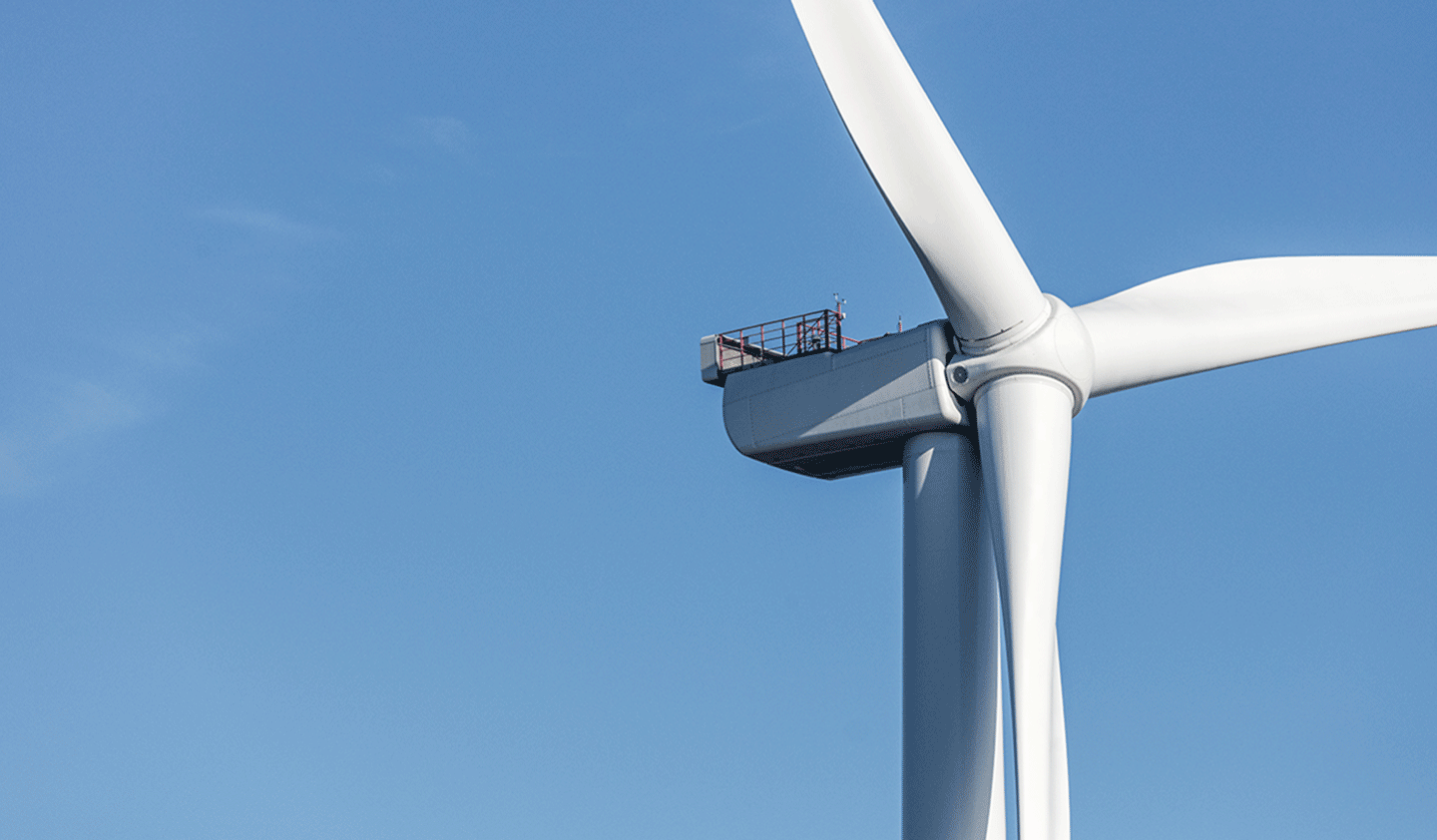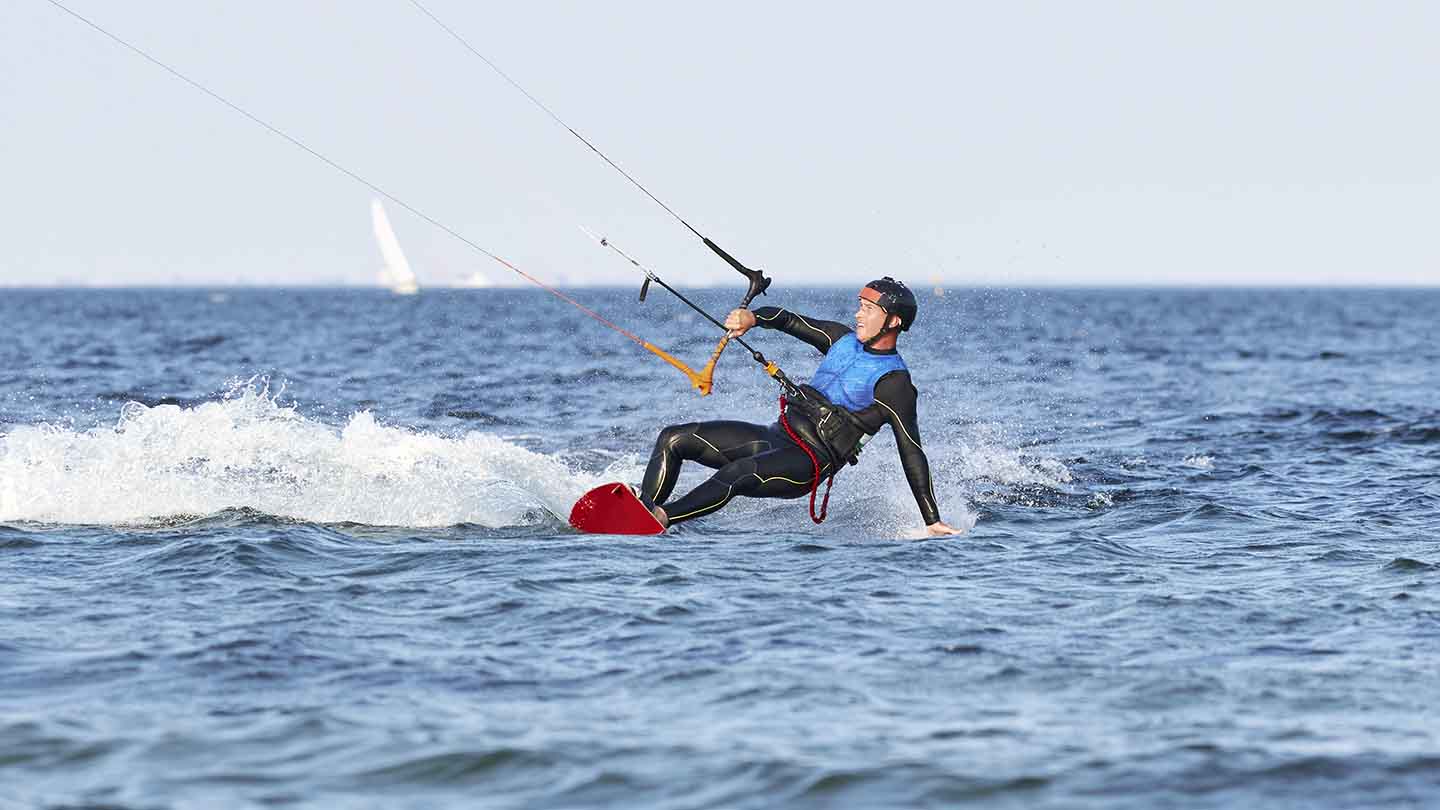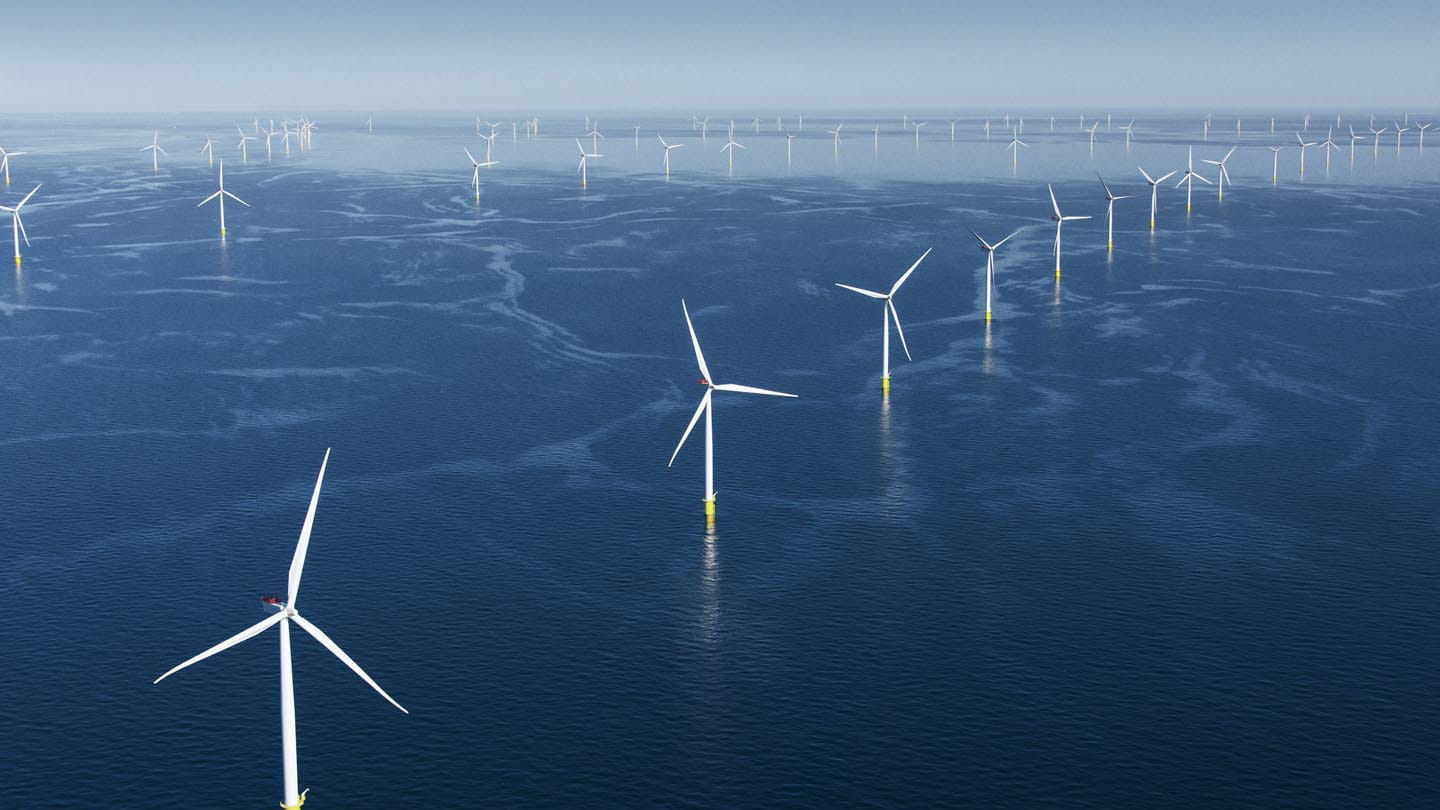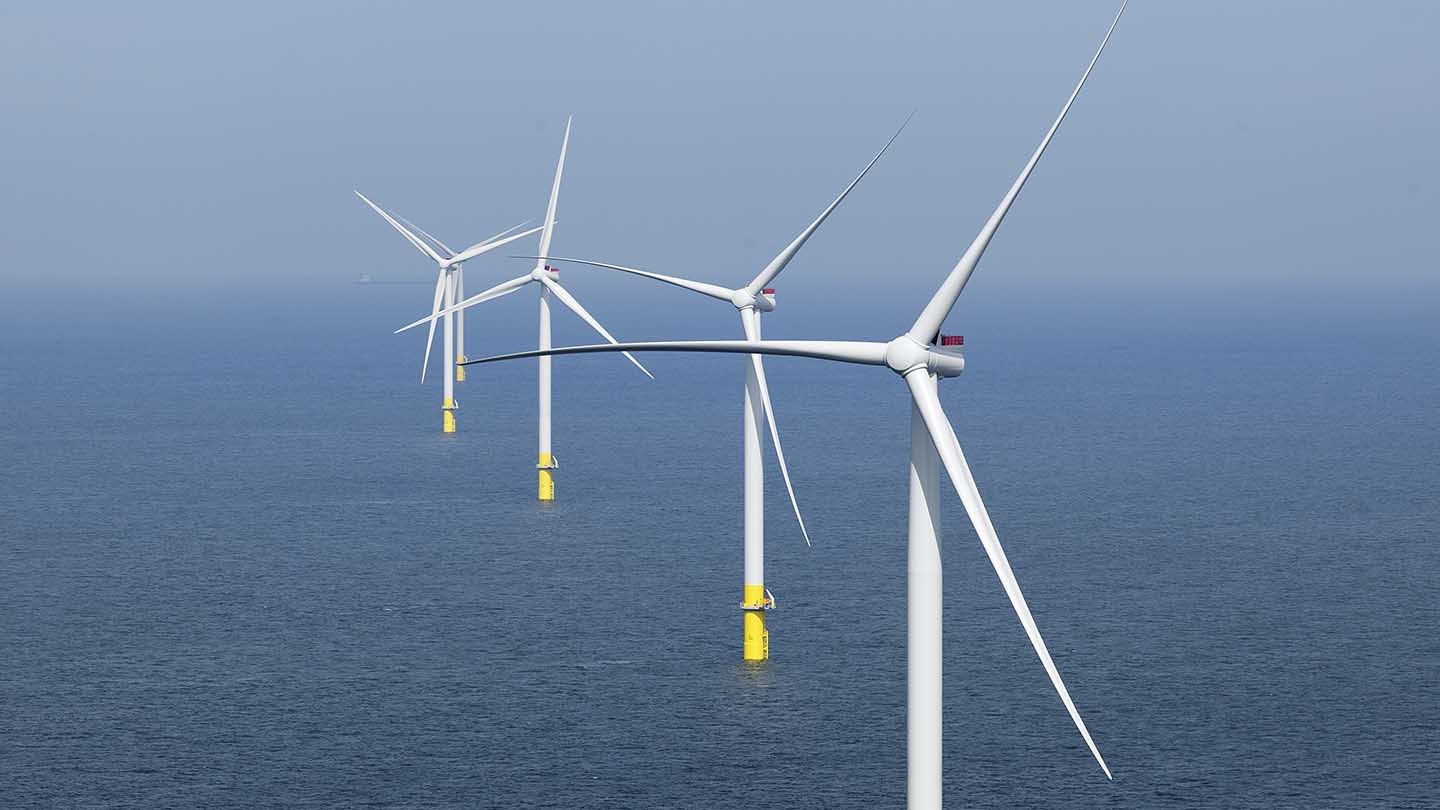Acronyms
-
1. What are megawatts (MW), gigawatts (GW), and terawatts (TW)?
-
2. What is a megawatt hour (MWh)?
-
3. What do these other acronyms and terms mean?
PPAs explained
-
4. What’s the difference between a physical PPA and a virtual PPA?
-
5. What are the advantages of a PPA vs certificates?
-
6. How is the power delivered from Ørsted to my business?
-
7. Why choose Ørsted?
-
8. Does it matter which energy source I get my PPA from?
-
9. What happens if there’s no wind?
-
10. Can I claim a reduction in emissions from a PPA?
-
11. Is there a lower limit for the volume of energy my PPA covers?
-
12. I want to enter a PPA with Ørsted. How do I get started?
-
13. What is additionality in the renewable energy industry?



